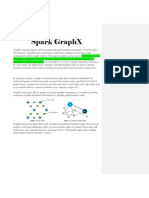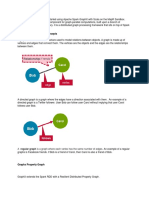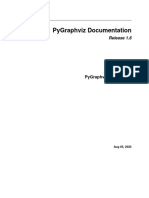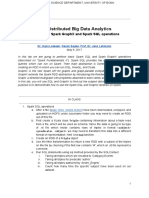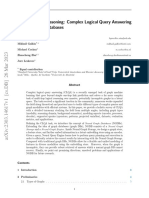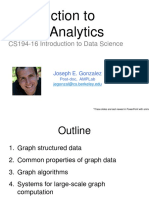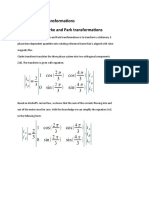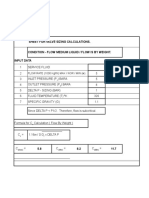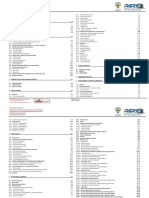0% found this document useful (0 votes)
43 views61 pagesGraphX & Graph Analytics
GraphX is a distributed graph computation framework within Apache Spark that integrates graph and data parallel computation for Big Data Analytics. It supports various graph operations, including property graphs, neighborhood aggregation, and advanced graph algorithms like PageRank and connected components. GraphX is designed for efficient storage, flexible modeling, and fault tolerance, making it suitable for applications in social network analysis, recommendation systems, and drug discovery.
Uploaded by
nainalashaliniCopyright
© © All Rights Reserved
We take content rights seriously. If you suspect this is your content, claim it here.
Available Formats
Download as PDF, TXT or read online on Scribd
0% found this document useful (0 votes)
43 views61 pagesGraphX & Graph Analytics
GraphX is a distributed graph computation framework within Apache Spark that integrates graph and data parallel computation for Big Data Analytics. It supports various graph operations, including property graphs, neighborhood aggregation, and advanced graph algorithms like PageRank and connected components. GraphX is designed for efficient storage, flexible modeling, and fault tolerance, making it suitable for applications in social network analysis, recommendation systems, and drug discovery.
Uploaded by
nainalashaliniCopyright
© © All Rights Reserved
We take content rights seriously. If you suspect this is your content, claim it here.
Available Formats
Download as PDF, TXT or read online on Scribd
/ 61


